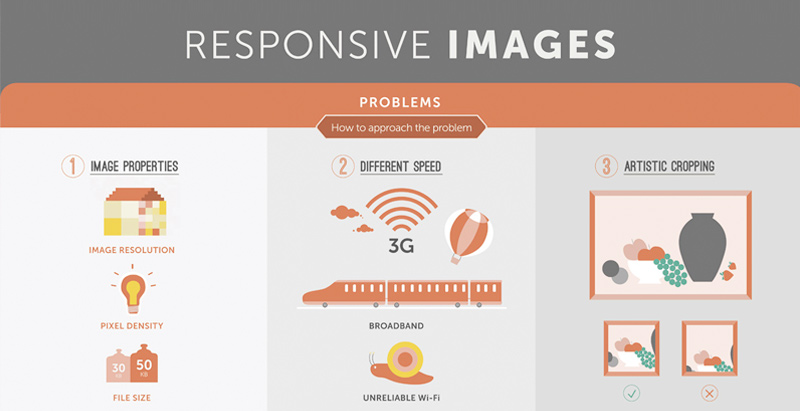Fascinated In Finding Out How Website Layout Has Progressed? Take A Journey With The Change
Fascinated In Finding Out How Website Layout Has Progressed? Take A Journey With The Change
Blog Article
Content By-Bradshaw Peters
In the past, internet sites were straightforward and concentrated on details. Navigation was direct, and design was for desktop computers. Currently, user experience is crucial. Data guides designs for simple navigating. Responsive formats suit various gadgets. Today, dark setting minimizes pressure, and minimal menus boost navigating. Interactive functions involve users, and bold visuals stand apart. AI assimilation increases interaction. See just how layout has actually advanced to enhance your on-line trip.
Very Early Days of Web Design
In the early days of website design, simpleness preponderated. Internet sites were standard, with limited colors, typefaces, and layouts. The focus got on supplying details as opposed to showy visuals. Users accessed the internet via slow-moving dial-up connections, so speed and functionality were key.
Navigating food selections were straightforward, normally located on top or side of the web page. Internet sites were created for desktop, as mobile browsing wasn't yet widespread. Material was king, and designers focused on very easy readability over complicated design components.
HTML was the primary coding language made use of, and developers needed to work within its restraints. Computer animations and interactive functions were minimal compared to today's criteria. Web sites were static, with little vibrant material or customized customer experiences.
Surge of User-Focused Layout
With the advancement of internet site layout, a change towards user-focused design principles has actually come to be increasingly famous. Today, producing internet sites that focus on individual experience is critical for involving site visitors and achieving company goals. User-focused layout entails recognizing the needs, preferences, and behaviors of your target market to tailor the internet site's format, web content, and features accordingly.
Developers currently perform detailed study, such as individual surveys and functionality testing, to collect understandings and comments straight from individuals. This data-driven method aids in producing instinctive navigating, clear calls-to-action, and aesthetically appealing user interfaces that reverberate with site visitors. By positioning the customer at the center of the design procedure, websites can supply a much more individualized and delightful experience.
Receptive design has actually likewise emerged as a vital aspect of user-focused layout, making certain that internet sites are maximized for various tools and screen sizes. This flexibility enhances access and usability, catering to the diverse means customers communicate with web sites today. Basically, the surge of user-focused design signifies a change in the direction of creating electronic experiences that prioritize the needs and assumptions of completion customer.
Modern Trends in Website Design
Discover the latest patterns forming website design today. One famous fad is dark mode layout, offering a streamlined and modern-day appearance while reducing eye pressure in low-light settings. An additional essential trend is minimal navigation, simplifying menus and improving customer experience by concentrating on essential elements. Incorporating micro-interactions, such as computer animated switches or scrolling impacts, can produce an extra interesting and interactive web site. Receptive style continues to be vital, guaranteeing seamless customer experiences across various devices. Additionally, using bold typography and asymmetrical designs can add aesthetic passion and accentuate certain web content.
Integrating AI innovation, like chatbots for client assistance or customized suggestions, improves user engagement and simplifies procedures. Availability has additionally end up being a substantial pattern, with designers focusing on inclusive style techniques to satisfy diverse user requirements. Welcoming sustainability by maximizing website performance for speed and effectiveness is an additional emerging pattern in web design. Teaming up with individual feedback and data analytics to repeat and boost design constantly is crucial for staying relevant in the ever-evolving electronic landscape. By accepting these contemporary patterns, you can create a visually enticing, user-friendly internet site that resonates with your target market.
Conclusion
As you reflect on the evolution of website layout from the very early days to now, you can see just how user-focused style has become the driving pressure behind contemporary patterns.
Accept the trip of modification and adjustment in web design, constantly maintaining the customer experience at the forefront.
Keep present with the most recent fads and innovations, and never ever stop evolving your strategy to create aesthetically spectacular and straightforward sites.
Evolve, adapt, and create - the future of web design remains in your hands.
